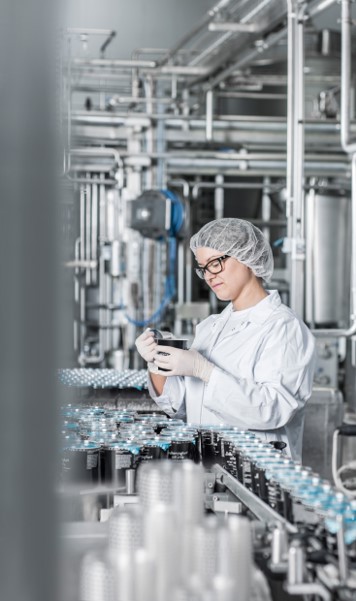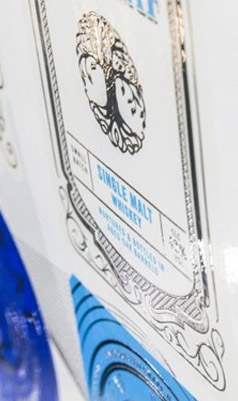The first step is the hardest:
Training bottles and cups for babies
Dear Customer,
The purpose of a training cup, bottle or mug is to make it easier for a baby to switch from a feeding bottle to drinking from proper cups and glasses.
The first step is the hardest:
Training bottles and cups for babies
Although practical for parents as they are unbreakable and leakproof, such training aids should only be limited to a transition period until the child has learned how to drink from a glass. Even at an age of five to six months, babies can get used to drinking from such training aids. At the latest when baby food is introduced, babies should be increasingly offered water or tea to drink. Drinking then no longer serves the mere intake of food but has much more to do with quenching thirst. Opinion is divided on the sense or futility of drinking aids. Nevertheless, they are very popular among parents. The market now offers numerous types of drinking aids. All of them are suitable for the transition period from breastfeeding or bottle feeding to using a normal children’s drinking glass.
- Training bottle: This looks very much like a standard feeding bottle. Not only is the teat particularly soft, its wide slit also enables babies to regulate the flow rate themselves while drinking. Suitable from the fourth to sixth month.
- Feeding cup: A classic product which involves drinking from a bent spout on the rim. Also available with bite-resistant spout and valve for leakage protection. Suitable from the sixth to twelfth month.
- Bottle with straw: Suitable for both infants capable of sucking strongly and extensively – from nine to twelve months – and as a leakproof training bottle when out and about.
- Training mug/cup: Complies most with drinking from a normal glass but with the difference that it is unbreakable. Here, too, there are numerous models available, e.g. with an inclined design providing a better view of contents, with a 360° drinking rim which means the cup/mug can be used on all sides, with a valve or lid for leakage protection, with permanent or detachable handles, with a capacity of 150 to 340 ml, and some are even microwave- and dishwasher-safe. Age recommendation: from about eight months.
Careful selection of materials
As training mugs and cups need to withstand a lot, e.g. falling on the floor is literally a fact of life, glass is obviously ruled out by its very nature. But metal is not that suitable either on account of its weight and the fact that it is easily dented, impairing its attractive appearance. So, that leaves plastic. But this material also requires careful consideration. BPA-free, for example, is an absolute “must”, as is food conformity. This would speak in favor of a practical combination of polypropylene PP (cup carcass) with thermoplastic elastomers TPE (lids and handles). In the form of SOFT EST.®, ACTEGA DS offers a TPE portfolio specially designed for such requirements which is free of BPA and PAC (polycyclic aromatic carbons) and food-safe. In order to prove food conformity, it must be established that the raw materials comply with both specified purity criteria and migration limit values. Traceability of materials must be ensured at all levels of the supply chain. Production must follow the principles of best practice. Quality assurance and quality control systems must be established. And finally, companies distributing products with food contact must ensure that exclusively legally-conformant products enter the market. Furthermore, all safety standards applying for baby training bottles in particular – EN14350 (general and mechanical requirements and tests as well as chemical requirements and tests) – are also complied with. The requirements on optics, haptics and function can also be easily complied with thanks to the special properties displayed by TPE. These compounds are versatile in terms of application and precise in terms of adaptation. Their plastic properties ensure a strong and firm grip, anti-slip features, and ergonomic product design. They are eminently suitable for hard/soft combinations. Their density and impermeability prevent the migration of odors, flavors and materials, as well as contamination. TPE plastic granulate is available in various degrees of hardness, with good flow properties, high elongation at break, very good flexibility, in a choice of transparent, translucent or natural colors.
Ten out of twelve products rated as good and very good
Whether and which training aid is chosen depends on a personal preference concerning the respective suitability and careful weighing up of the advantages and disadvantages – robust, break- and leakproof, suitable for drinking on the move, and easy to clean versus purchase cost and promoting caries (when serving drinks containing sugar). The market is very extensive and there is a huge variety available. Stiftung Warentest and Ökotest magazines have already awarded grades of good and very good to ten out of twelve products tested in various tests (2000, 2013, 2019).









